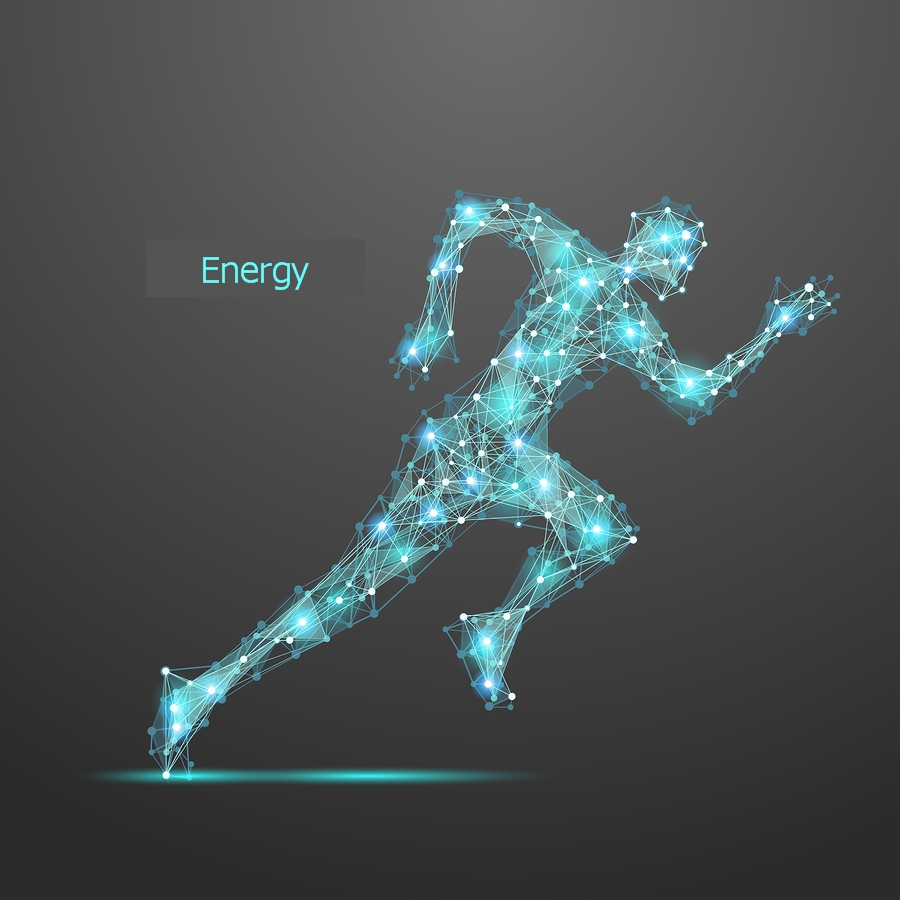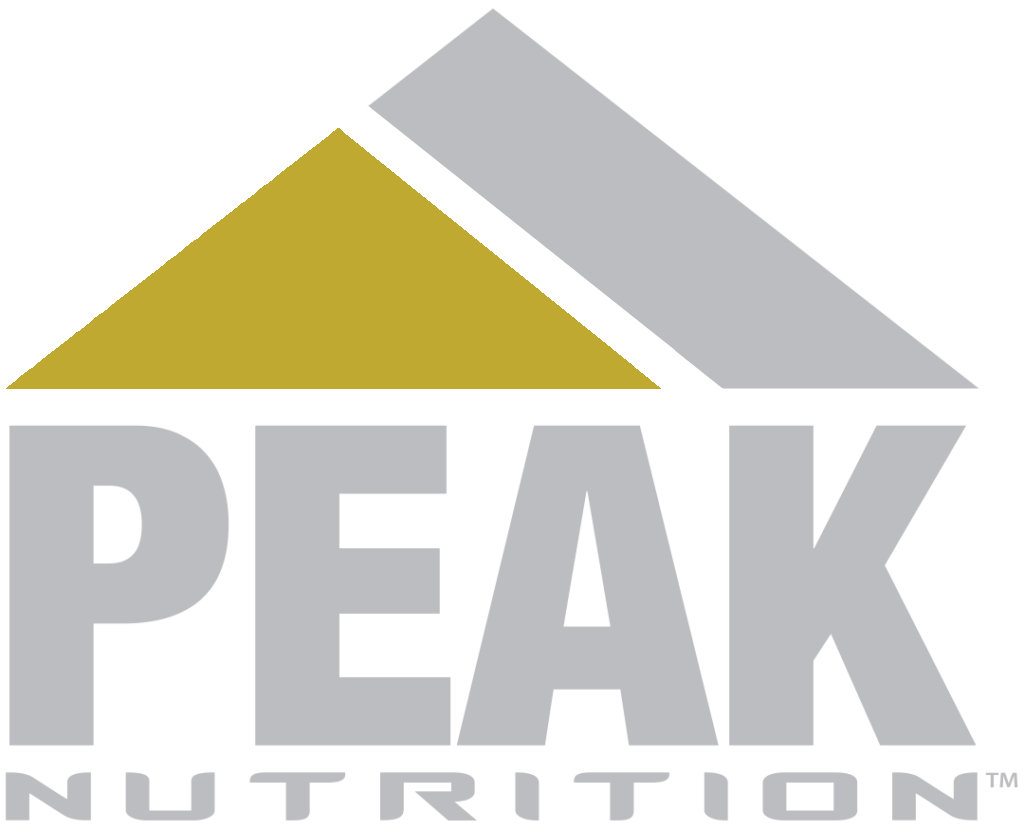There are hundreds of ways to “do” fitness. Walking, distance running, weight lifting, yoga, CrossFit and Pilates are just a few on the vast and ever-expanding list of modalities of fitness.
Regardless of what modality you choose, especially when done with any bit of intensity, the same thing happens. When you start, your muscles are at their peak performing capabilities. However, as you progress and repeat the action of exercise, your muscles begin to weaken. Your capability for maximum output decreases. You are not able to do as many repetitions, your pace slows down, your rest periods need to increase.
This is what’s known as muscle fatigue. Muscle fatigue is simply a result of your muscles’ decreased ability to perform over time.
But in order to know how to reduce muscle fatigue, we must first understand the ways in which our body uses energy.

How does your body use its “fuel”?
There are a few stages your body goes through when using energy. Let’s take a look at each stage in more detail:
Anaerobic Alactic System (ATP-CP) or Phosphagen System
This energy system is used for an activity that requires large amounts of short burst, intense acceleration or strength and power. Adenosine triphosphate (ATP) and creatine phosphate (CP) combine to provide energy for maximum effort usually between 2-10 seconds.
Because this system is the most readily available source of energy and regarded as an immediate energy source, the system is quick to recover. In fact, it only takes about 30 seconds for your body to replenish about 70% of the phosphagens used and only 3-5 minutes to replenish completely.
Activities found using this type of energy would include, puddle jumping, a set of bench press, throwing a football, or sprinting away from the neighbors dog. With the example of bench press, you may experience short-term muscle fatigue here once you hit reps 6,7,8 as you push towards rep number 10. You are running out of that short burst energy as you near the 10 second mark of effort.
Anaerobic Lactic (Glycolytic) Energy System
The anaerobic lactic (AL) is also known as glycolysis. It provides your body energy from about 10-90 seconds of effort. Since the body is working for a longer period of time, waste products such as lactic acid accumulate in the blood and in the muscles. As a result, you might feel shortness of breath, “the burn” in your muscles and of course, muscle fatigue.
When you think about your own training, this system would be used in higher volume training (sets exceeding 12-20 repetitions), circuit or interval training (something like F45 or OrangeTheory), a long volleyball rally or any mid-distance running training (400m-800m).
Aerobic Energy System
The aerobic energy system is the only one of the three to use oxygen and takes longer to fatigue your system. This system provides energy for activity of low to moderate intensity. Time of activity could range anywhere from a few minutes to a few hours. Training in this way increases your body’s ability to use oxygen and support stamina.
A CrossFit athlete completing a 20 minute metcon, someone going for a 2 mile run around the neighborhood, or a hockey player practicing for two hours would all rely on this system to function. Depending on the time and intensity, you would most certainly experience muscle fatigue.

What contributes to muscle fatigue?
Now that we have an understanding of the different systems our body uses energy, we should now shift our focus to what factors contribute to muscle fatigue.
Impaired blood flow. When blood does not circulate properly, it fails to get the oxygen and nutrients to your muscle they need in order to function correctly. Lack of blood supply during exercise is a critical factor in fatigue but also contributes to cramping, poor muscle contracting and cardiac performance.
Ion imbalance within the muscle. An ion (electrolyte) imbalance can occur if your body has too much or too little water. A depletion of electrolytes like potassium, magnesium, and calcium can lead to muscle cramps and fatigue. Over or under hydration can lead to an imbalance with these electrolytes.
CNS fatigue and lack of motivation. Central nervous system fatigue and lack of motivation both can affect muscle fatigue. An easy indicator of CNS fatigue is mental fog. You are not as sharp, thoughts take longer to form and could be caused by over-stimulation (too much stress), overtraining (or under-eating).
Accumulation of lactic acid. The buildup of lactic acid in the muscle is one, if not the most common cause for muscle fatigue. With lactic acid accumulating, pH is reduced causing muscle fatigue. Signs of lactic acid buildup usually include things like muscle burning or aching, accelerated breathing, nausea or even stomach pain.
Now that you know what causes muscle fatigue, we can now look at how to combat and reduce symptoms.

How can I reduce my muscle fatigue?
Fuel up before your workout. Eating a light meal 2-3 hours before training or competition or even a light healthy snack gives you the energy you need to reduce muscle fatigue. When your body is fueled properly, you have more energy stored up to use to run faster, push heavier weight, jump higher, and go farther.
Drink plenty of water. With dehydration and ion (electrolyte) imbalance causing a lot of muscle fatigue, it is important to make sure you are drinking enough water during and after a workout, competition, game or any physical activity. Shoot for 100-120oz of water/day.
Get 7-8 hours of sleep every night. A lack of sleep can make you feel too tired to exercise. Poor sleep has also been proven to affect testosterone levels, impact stress (CNS fatigue) and can certainly impact muscular strength.

What are some supplements I can take to help muscle fatigue?
Beta-alanine. Beta-alanine has been shown to delay the accumulation of lactic acid in the muscle. Most pre-workouts on the market include beta-alanine but you can also get the raw ingredient by itself. It can be an effective tool to boost endurance, VO2, and power. Studies have concluded that the effective dosage for beta-alanine is approximately 3 to 6g/day.
Intra-workout supplements. Intra-workout supplements including carbohydrates and electrolytes, provide your body and muscles with the energy and minerals they need to thrive and reduce muscle fatigue. The carbohydrate source increases energy storage while the electrolytes prevent you from experiencing an ion imbalance (resulting in cramping/fatigue).
Beet root powder. Beet root powder (usually found in reds powders or pre-workouts) can be a simple and effective tool in reducing muscle fatigue. Beet root powder improves blood flow and increases VO2 which results in improved endurance and performance. Beetroot contains high levels of betalain and carotenoid which are powerful antioxidants. Rich in nitrates, beetroot increases nitric oxide in the body, lowering blood pressure.
Cardarine. Cardarine is one of the most effective supplements when it comes to reducing muscle fatigue. It increases mitochondrial content, fatty acid oxidation and allows for more oxygen to be taken into the muscles. This has a direct impact on endurance, performance and your body’s ability to maintain a higher intensity for a longer period of time. Post-workout glucose and protein isolate. These two supplements are foundational when it comes to muscle recovery. When your body is recovering properly after strength and




